Courtesy of the Sarasota News Leader
Subscribe to the SNL
County Commission needs to take action on its own — perhaps selling surplus land to a private developer — to spur affordable housing projects, chair says
During a June 4 discussion, Chair Charles Hines and other commissioners broached the idea again of selling county property for affordable housing projects. Focus centered on a surplus 10-acre parcel next to the Celery Fields that is known as the Southwest Quad, as well as a portion of a 115-acre site adjacent to Newtown Estates.
Perhaps the county could sell 20 acres of the latter, Hines said, for a workforce housing initiative.
In December 2017, Hines first talked of the potential of the Newtown property. He raised the issue as his board debated negotiations with the City of Sarasota in an effort to settle a dispute over a final county payment city staff argued that the county owed into the Downtown Sarasota Community Redevelopment Area (CRA) Trust Fund.
The North Sarasota parcel is just east of the Betty J. Johnson North Sarasota Library in Newtown.
When the county purchased the land approximately six years ago, the intent was for it to become a major athletic complex for North County. However, after the Great Recession struck, the plans were put on hold.
In December 2018, Sarasota City Commissioner Willie Shaw brought up the property in a discussion about the city board’s efforts to spur more affordable housing projects.
In response, City Manager Tom Barwin said he had asked County Administrator Jonathan Lewis about the land when he saw Lewis at a recent luncheon. Lewis told him that the land remained listed among properties for the county’s Parks, Recreation and Natural Resources Department (PRNR). However, Barwin added, Lewis indicated the County Commission would be open to discussing the future of the site.
When The Sarasota News Leader asked county staff for a comment on Barwin’s remarks after the City Commission’s Dec. 3, 2018 meeting, Media Relations Officer Ashley Lusby reported in an email, “The county has not changed its plan for the north county land. The county is still following the parks master plan for that location to be the North County Sports Complex.”
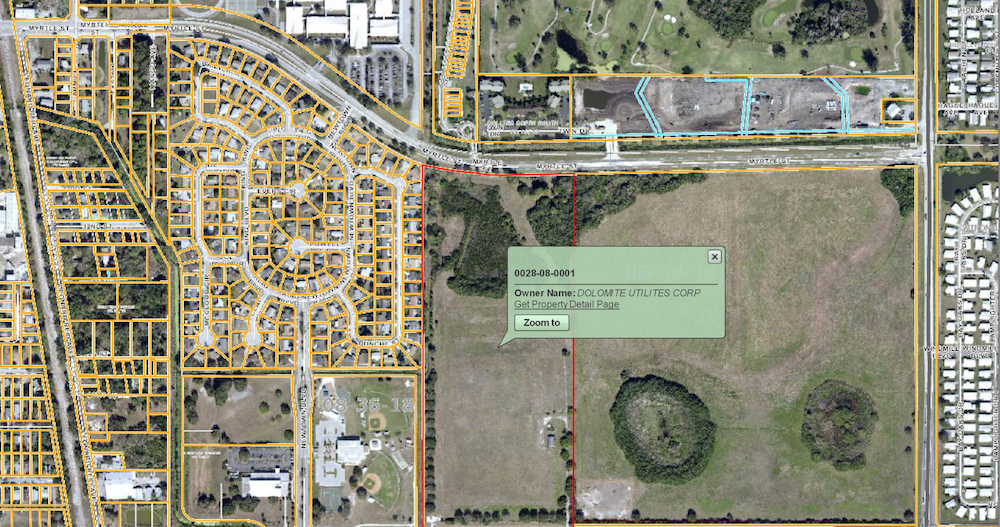
On June 4, Hines acknowledged that county staff had continued to focus on the property for a purpose consistent with planning for future parks.
Commissioner Alan Maio said he doubted staff would come back to the board with a proposal entailing the utilization of a portion of the property for workforce housing. “We need to make those policy decisions.”
Maio also suggested that if the board were to put property it owns on the market — “and not at sky-high prices” — with the necessary rezoning completed beforehand to facilitate development, “that eliminates the last supposed obstacle to [creation of an affordable housing project],” which is the cost of land.
As for the Southwest Quad: Hines pointed out that some advocates of the Celery Fields have proposed the county keep that property free of development. “That’s not gonna happen. That’s never been one of our ideas.”
Commissioner Nancy Detert noted that she has been advocating for a project on property next to the Celery Fields for months. An apartment complex would be one possibility on the Southwest Quad, she continued. Another, she said, is a tiny homes project. “I still like tiny houses. I think that’s an absolute perfect spot for tiny houses, because [such a project] goes with the whole ambiance [of the Celery Fields].”
In April 2018 and again in September 2018, representatives of a group called the Fresh Start Initiative worked — at the commission’s behest — to propose what they characterized as compatible uses of the four county parcels known as “the Quads” adjacent to the Celery Fields.
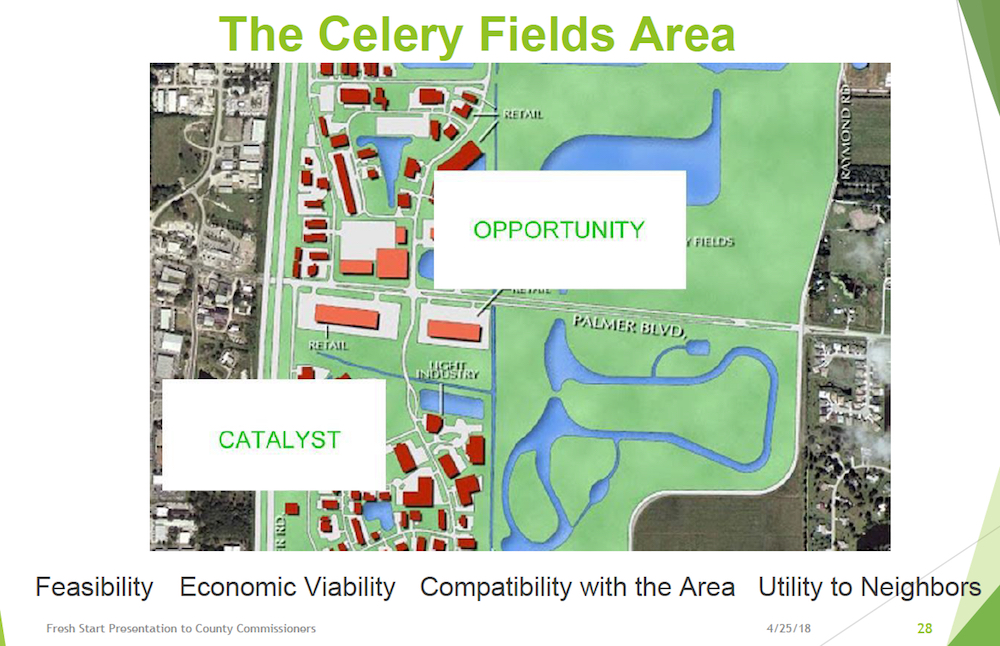
Although the Celery Fields began and still functions as a major county stormwater project, it has acquired an international reputation for the vast variety of birds seen there throughout the year, especially during the winter migratory season.
Yet a third surplus county parcel that potentially could serve as an affordable housing project site is close to the county’s Emergency Operations Center on Cattlemen Road, Hines pointed out on June 4. “It’s been sitting there [for about 10 years].”
The land once was home to the county Building Department, he said.
Frustrations, fixes and a new focus
Exactly six months ago, Hines reminded his colleagues on June 4, the commissioners expressed frustration that ordinance changes they had sought in an effort to make affordable housing proposals more enticing to developers were not coming fast enough from staff in forms for them to enact.
“I don’t think anyone on this board is satisfied with the progress that’s been made,” Maio said at the time.
Since then — on March 13 — the board has approved one further change in the county’s Unified Development Code. That modification allows half-dwelling units no larger than 750 square feet, enabling developers to double the density of projects if they construct the smaller apartments or condominiums.
Altogether, Maio pointed out on June 4, the board has voted on about half-a-dozen changes to county regulations — reducing impact fees and capacity fees and reducing parking requirements, for other examples — to encourage private companies to build workforce housing.
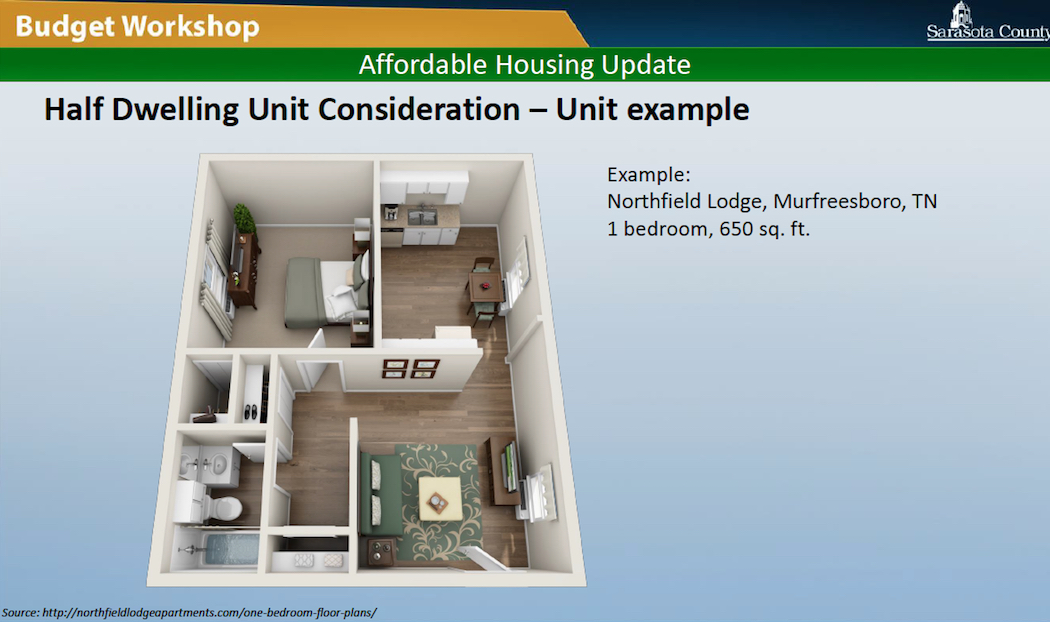
Two more measures are in the works, he continued. One involves accessory buildings, such as dwelling units over garages; the other pertains to creation of apartments in upper stories over retail centers, especially those older complexes that might no longer be as active commercially but still have plenty of available parking.
Yet, those two latter changes would not be necessary, Maio stressed, if the board were to try to work with a private developer on a sale of property it owns.
Referencing the Newtown land Hines had mentioned earlier, Maio concurred that 20 acres might be appropriate for a project. “I just don’t think [developers] realize what they could build there and how affordable it could be.”
“What has been holding up a private sector developer from coming in here and saying, ‘I’ll do a 300-, 400-unit project” designed for workers such as firefighters, law enforcement officers and teachers, Hines asked. “The impediment’s been fees, regulations and land costs.”
Referring to the ordinance changes Maio had noted, Hines said he felt that it was even more important for the county to make land available.
The ombudsman proposal and a tangential request

During the June 4 discussion, Hines also pointed out that, when the county received the Blueprint for Workforce Housing that it and the City of Sarasota had commissioned from the Florida Housing Coalition, one of the recommendations the document contained called for the hiring of an ombudsman whose sole responsibility would be to work on workforce housing projects.
“I wouldn’t be opposed to one dedicated staffer [in the county’s Planning and Development Services Department],” Maio said, preferably if the person’s salary could be covered by permitting fees. If that funding source could be used, Maio added, “Hire them as soon as possible.”
Yet, Commissioner Detert responded, the Office of Housing and Community Development already has that responsibility, and that department is a joint initiative of the City and County of Sarasota.
She also brought up the fact that the county used to help first-time homeowners by providing down payments on houses.
For 25 years, she pointed out, she owned a mortgage business in the county. She talked about one client who was able to get help through the Down Payment Assistance Program. “It gives people a hand up, not a handout,” she explained.
To qualify for the help, she said, a person had to learn how to manage a budget, for example.
The money the county lent the homebuyer became a lien, she continued. When the house was sold, Detert added, the money for the down payment came back to the county, which could put the funds to use for another person’s down payment.
She wanted to know what became of that program, she said.
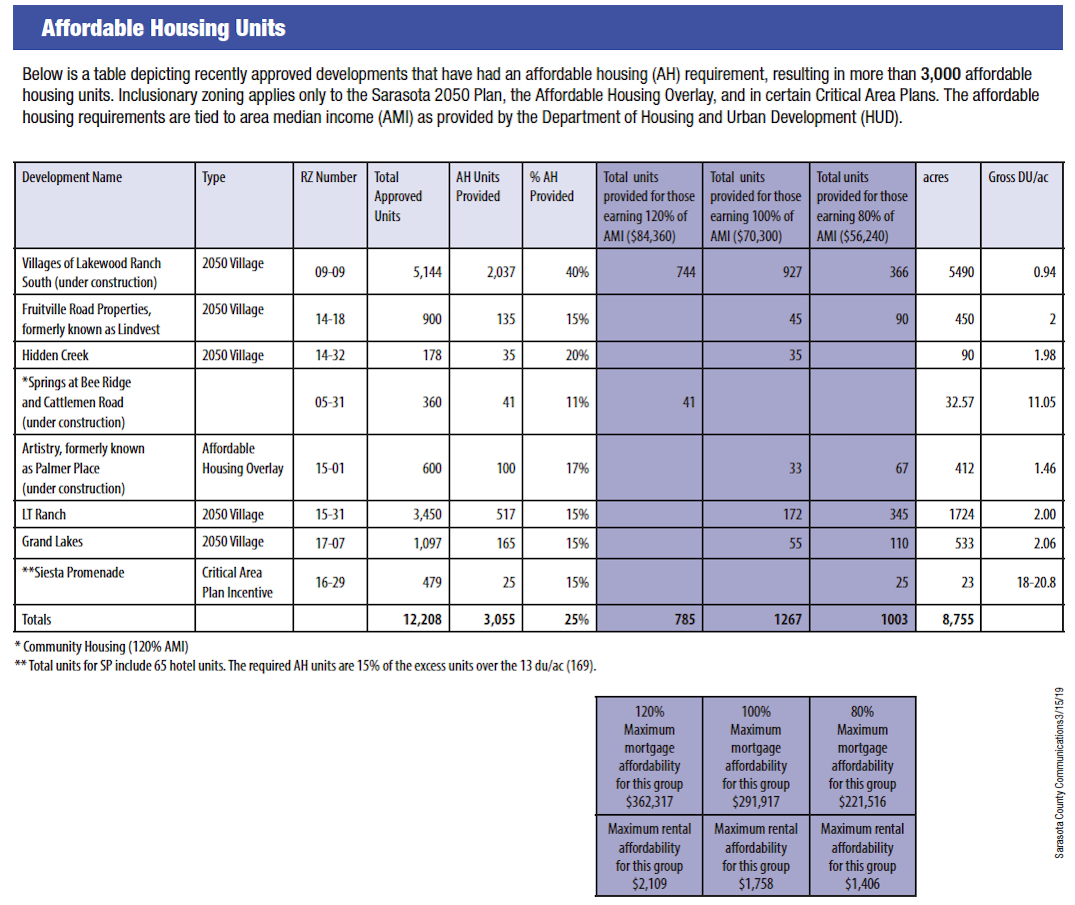
Deputy County Administrator Steve Botelho, who was sitting in for County Administrator Jonathan Lewis, told her that staff would check on that. He added that he expected a memo with the results of the research could be provided to the commissioners prior to their next regular meetings, in July.
Detert also asked staff to look into all the current activities of the Sarasota Housing Authority and the Office of Housing and Community Development.
Botelho replied that he would make certain that information was in the memo, as well.
Detert pointed out that Don Hadsell, the long-time director of both programs, recently retired. Detert said she recently asked her county assistant to contact the new director, saying Detert wanted to set up an appointment for a meeting. The response Detert’s assistant received, Detert continued, was a question about why Detert wanted to have that meeting.
“What does it say on the outside of that building [where the Office of Housing and Community Development operates]?” Detert added of her reaction. “That ought to be a tipoff.”
Detert then asked Matt Osterhoudt, director of the county’s Planning and Development Services Department, to ensure that the memo Botelho promised the board also would have a “fleshed-out summary” of how both the city’s Housing Authority and the Office of Housing and Community Development function. She suggested that the results could lead to County Commission tweaks about the operations of the latter agency.
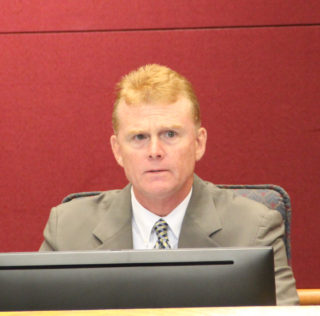
Do not sell the land - develop/plat it into affordable housing parcels/sub-division/village allowing developers to build 'affordable units' to sell at market rates with each unit subject to a land lease reflective of the FMV of the lot with payments to the County's Affordable Home Fund in perpetuity. Which payments could be 'forgiven' for a period of time to enhance the 'affordability' as times might require. Thus the ten acres 'donated' today would continue bearing affordable housing funding forever. The County would have significant input in the homes constructed - maybe some tiny homes, homes with 'garage apartments' and similar ideas intended to enhance 'affordability.'
ReplyDeleteThis comment has been removed by a blog administrator.
ReplyDeleteSelling Real Property for CASH makes little sense for taxpayers who, years on, will find a need for property for this or that and wind up paying top dollar for every acre needed. Holding on to our Real Property Assets as they increase in value allows our County Coffers to increase as does COLA. Selling such an appreciating asset for cash to meet EXPENSES when interest rates are at historical lows, yet) is folly. The County's income is growing apace at the existing tax rate - better to raise a mill or two then let go of a property that could double in value in the next year or three.
ReplyDeleteAgreed - in the long term, these public lands will accrue value far beyond what today's prices would bring - and what's the hurry?
Delete